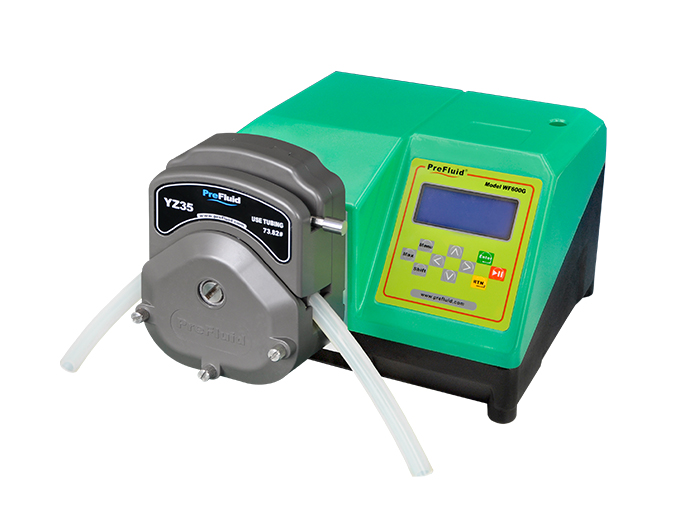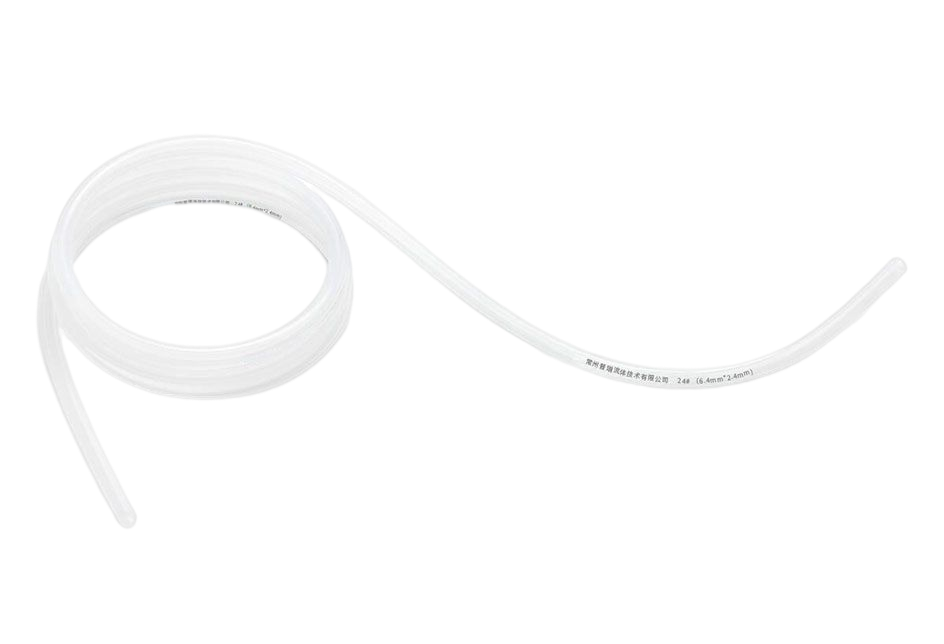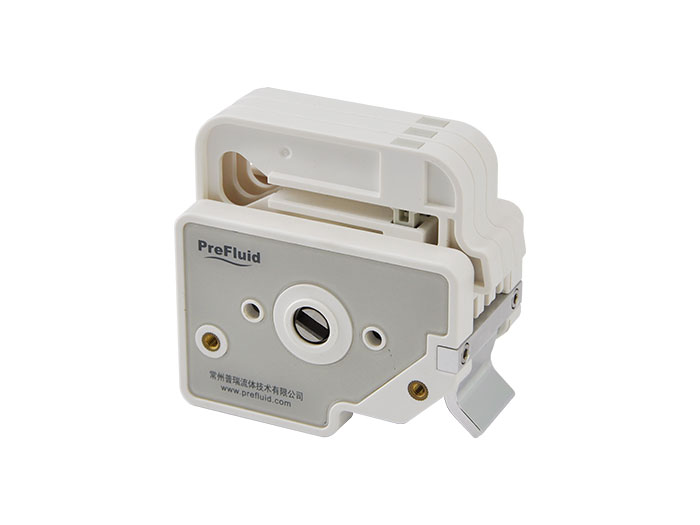Peristaltic pump is one of the pump products that can transmit solid-liquid mixture, but peristaltic pump transmission solid-liquid mixture has certain limitations, and some problems should be paid attention to in use.
The solid components contained in the solid-liquid mixture can generally be divided into hard particles and flexible particles.
When the conveyor belt is a solid-liquid mixture of hard particles, if the proportion of hard particles is relatively large and easy to deposit, the peristaltic pump should run at a higher speed, because these mixtures are most likely to accumulate in the inlet pipe of the peristaltic pump, causing blockage. The mixer should be installed in a container with a solid-liquid mixture to ensure that the solid particles do not settle and are evenly distributed, so that they are uniformly discharged by the peristaltic pump. In addition, the diameter of hard solid particles is limited, and the maximum particle diameter must not exceed 10% of the inner diameter of the hose used. When the size of the transmitted hard solid particles is uniform, it is best to choose a thicker pipe, so that the particle diameter is less than 5% of the inner diameter of the hose or less, otherwise the pump head may be stuck by the solid particles.
When transferring a solid-liquid mixture with flexible particles, generally speaking, the proportion of flexible particles is relatively small, the overall milky, not easy to deposit, so the peristaltic pump can run at a lower speed. In general, it is also necessary to install a stirrer in the container of the solid-liquid mixture to ensure the uniform distribution of the flexible particles. The diameter requirements of flexible particles are relatively loose, and the maximum particle diameter must not exceed 30% of the inner diameter of the hose. When the size of the transmitted flexible particles is uniform, it is best to choose a thicker pipe so that the particle diameter is less than 15% of the inner diameter of the hose or less. Otherwise, the pump head may cause destructive extrusion of the flexible particles, or the hose may become clogged with flexible particles, resulting in poor transmission.


